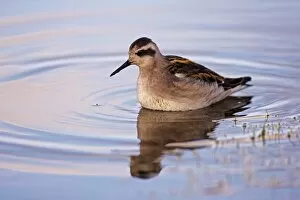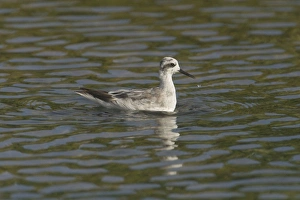Phalaropus Lobatus Collection (page 3)
The Red-necked Phalarope (Phalaropus lobatus) is a striking bird known for its unique behaviors and beautiful plumage
All Professionally Made to Order for Quick Shipping
The Red-necked Phalarope (Phalaropus lobatus) is a striking bird known for its unique behaviors and beautiful plumage. In this captivating image, we see a female Red-necked Phalarope poised to strike at a fly hovering nearby. With its slender body and elegant red neck, this bird stands out against the serene backdrop of water in Thingeyjarsyslur. Silhouetted against the water, another Red-necked Phalarope showcases its graceful form in Picture No. 12010537. This particular individual is accompanied by a Coot-footed Tringa (Tringa rufra canadensis), adding an interesting dynamic to the scene. Traveling all the way to the Shetland Islands in Scotland, we encounter a male Red-necked Phalarope peacefully floating on the water's surface. Its vibrant colors and tranquil expression perfectly capture the serenity of this remote location. In yet another perspective, we observe a side view of a Red-necked Phalarope gracefully gliding through the water. The intricate details of its feathers are highlighted as it navigates effortlessly through its watery habitat. Venturing further north to Loch Funzie Fetlar in Shetland, we witness an enchanting moment as a female Red-necked Phalarope delicately takes flight from the water's edge. Its agility and precision are truly remarkable. Even during nonbreeding season in Oman, these birds maintain their allure with their distinct plumage on full display. Against sandy shores and clear blue waters, they continue to captivate observers with their elegance and grace. The Red-necked Phalaropes' beauty extends beyond mere aesthetics; they also possess fascinating feeding habits that set them apart from other species. These birds have evolved to be able to swim actively while foraging for food on open waters—a behavior not commonly seen among shorebirds.


